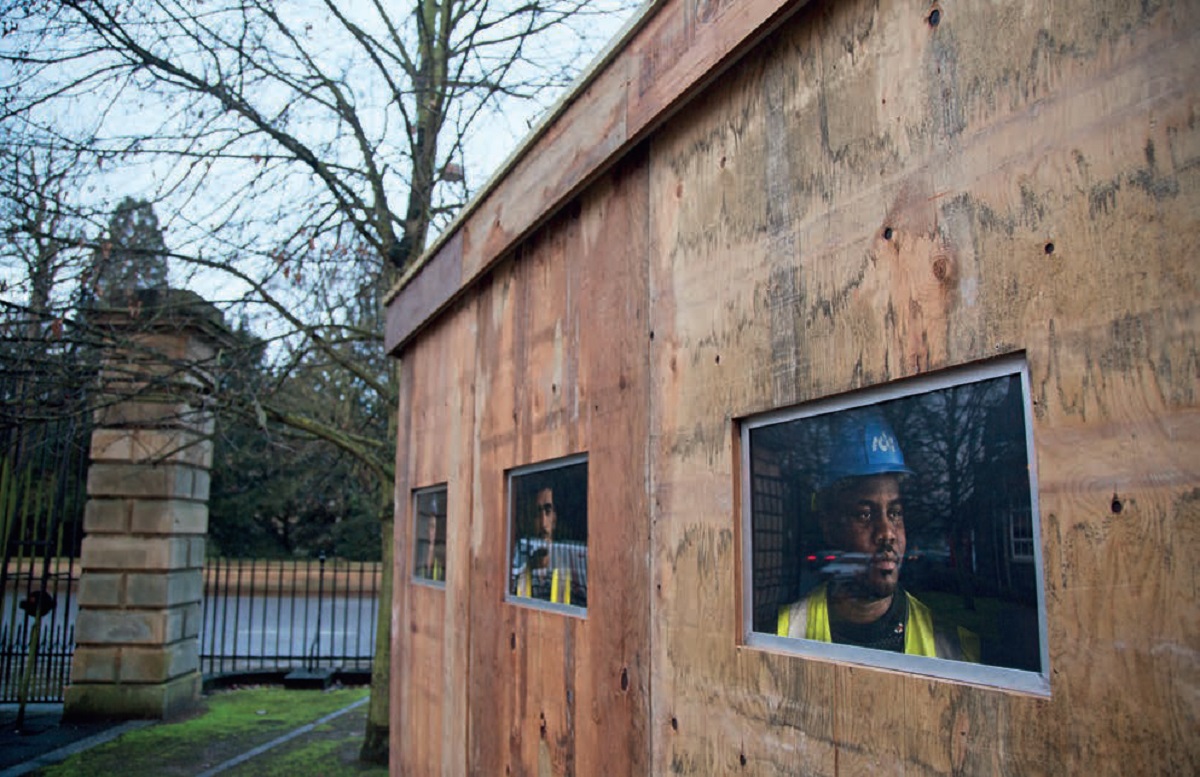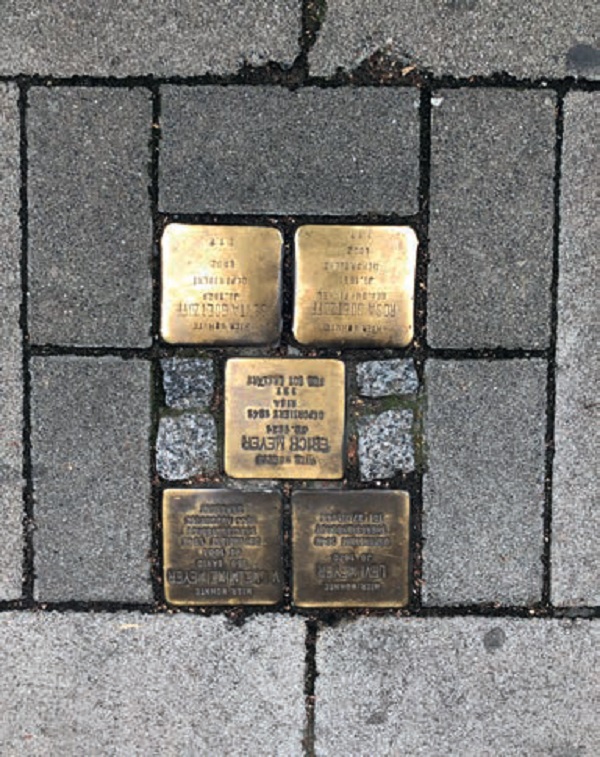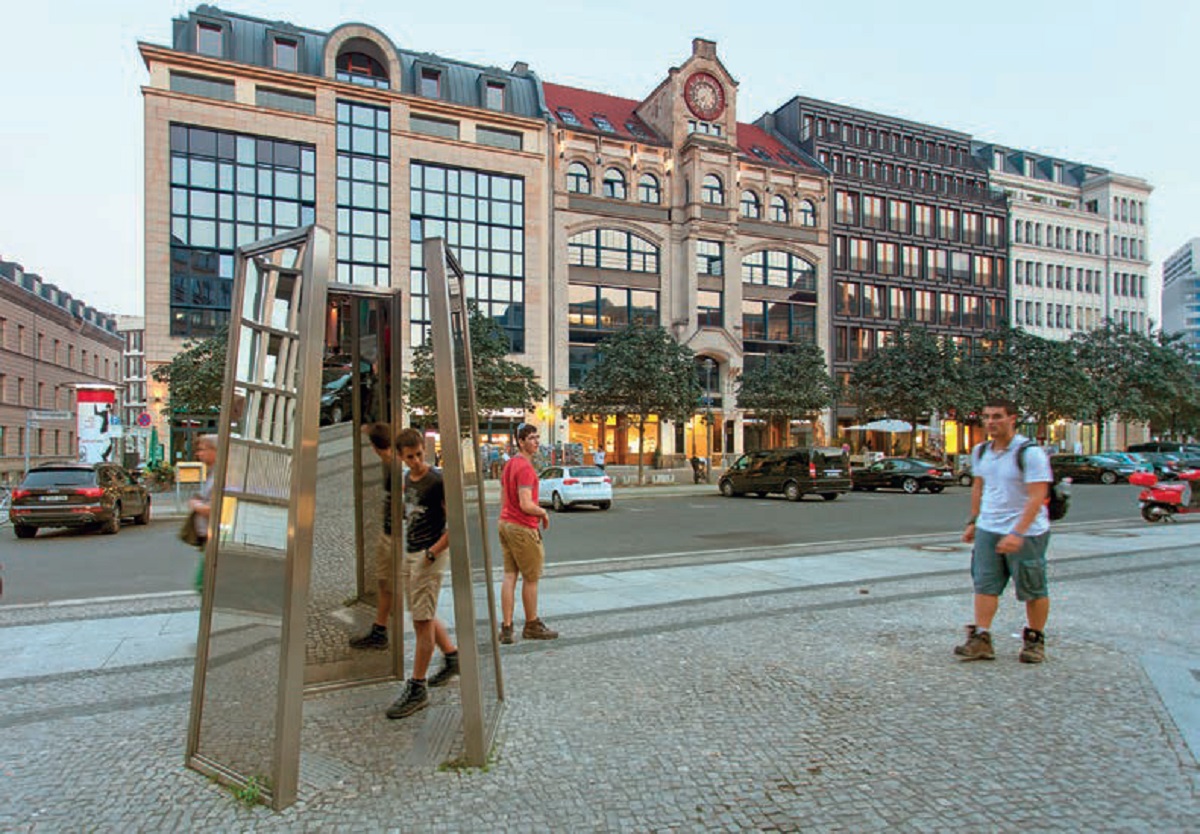Migration is one of the key and ubiquitous processes of our urbanized era. The increased mobility of the population makes modern cities dynamic and mosaic in nature. It ties cities with the rest of the world, makes our planet more complicated yet, at the same time, more coherent. It is hard to overestimate the significance of migration for the formation of world cities.
Internal and external migrations have been shaping world cities for a long time. In 1911, 72% percent of Moscow residents were born outside Moscow and 68% of Parisians moved to the city from other places, to give just a few examples. But it was only recently that internal and external migration has become artistically reflected and presented.
There aren’t many migration museums in the world. Moscow, for instance, a major migration destination for the entire former Soviet Union, doesn’t have any. London has a very modest museum. One of the best and most famous — the National Museum of History of Immigration — was conceived in 1989 by Algerian immigrant Zaïr Kedadouche, supported by President Jacques Chirac, and eventually opened in 2007 in Paris in the Palais de la Porte Dorée. The Palace was previously occupied by the National Museum of Arts of Africa and Oceania, which merged with the Musée du Quai Branly in 2003. The main focus of the museum is the history of immigration to France. The museum represents the cultural heritage of various ethnic communities.
Another eminent cultural institution dedicated to the history of immigration is the Tenement Museum in New York. This high-rise apartment building was erected in 1863. The tenement house on the Lower East Side has seen all the migration waves to the New World before it became a museum dedicated to multiple migrant families who used to occupy it in the 19th and 20th centuries.
The multicultural history of world cities is represented in a variety of ways. Germany is famous for the commemoration of Nazi crimes. Throughout almost all German cities there are memorials to once vibrant cultural Jewish life. One of the most famous and significant initiatives to immortalise the obscure past in the urban space is the Stolperstein project.

PHOTOS: SABRINA LIMA

A Stolperstein (literally ‘stumbling stone’) is a 10 by 10 centimetre concrete cube bearing a brass plate inscribed with the name and life dates of victims of Nazi extermination or persecution. The project was launched in 1992 and now the shining stumbling stones can be seen all over Europe. The project is not funded by the state; the money is raised by local residents.
In many cities, there are information stands installed in the ethnic quarters. I have noticed such historical stands in the front of the old Tatar mosques in Russian cities in the European part of the country as well as in Siberia. The projects and institutions I have mentioned have one thing in common: they are dealing with the past, with the multicultural heritage of the cities. Now, I would like to focus on the street art that deals with present immigration issues, is exhibited outdoors, and communicates with the urban space directly. Urban mobility and all sorts of migrations are contemporary, complicated and omnipresent processes that could be and should be reflected outdoors, in the open urban space.
The second largest Portuguese city of Porto is famous for its street art. There are even street art excursions proposed to the tourists alongside tours of the old city. Everyone familiar with the Portuguese contemporary art scene knows the huge open-air mural at Rua da Restauração. It is a rotating project that gives several artists an opportunity to show their work in the 14 modules at the Crystal Palace gardens that extend along 70 metres. One of the permanent projects was dedicated to the lives of several migrants and refugees from traditional Portugal donor countries such as Brazil, Angola, Bangladesh, Ukraine and Syria. There are just black and white portraits and quotes from these young new Portuguese migrants reflecting their attitude towards Portugal and their country of origin.

Recently, there was a surge of street art dedicated to the immigration issues in the USA. In 2016, a British artist named Sonny Sanjay Vadgama created an outdoor installation called ‘Unseen Pavilion’. It showcased images of the workers, mostly with an immigration background, who were building the Cambridge Judge Business School.

What all these different projects have in common is their outdoor location that provides direct engagement with the urban space. These projects are low budget and provoke discussion on up-to-date foreign immigration processes that are shaping world cities. These cases (and many others) prove that contemporary urban life could be presented and reflected outdoors, beyond the walls of art galleries and museums that are sometimes too expensive and frequented by a limited audience. There should be various urban venues designed for carrying out discussions on immigration to rethink stereotypes by showing the lives of newcomers. These venues should not be limited to universities, museums and research centres. Artistic representation of urban mobility and foreign immigration is an essential part of the development of world cities. It has a significant social purpose, it changes the urban cultural landscape making it more tolerant, accommodating and humane.



Comments (0)